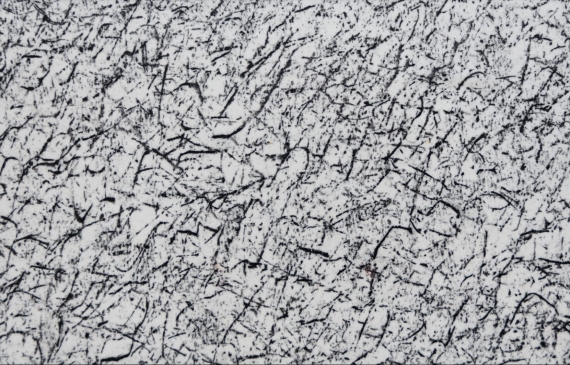
Sal Sirugo
Italian-American, 1920 – 2013
RR-6, 1960
Oil pastel on rice paper mounted on board
5.31 H. x 9.5 W. inches
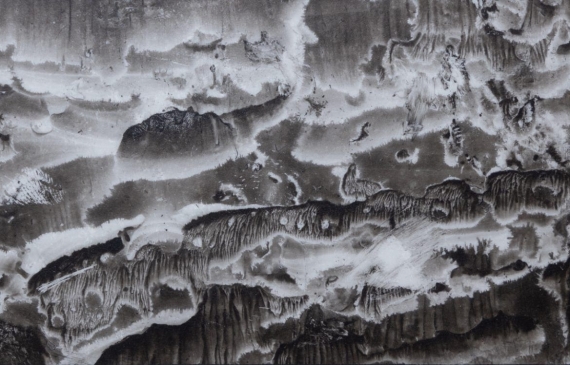
Sal Sirugo
Italian-American, 1920 – 2013
P-12, 1999
Ink on acetate
3 H. x 7.44 W. inches
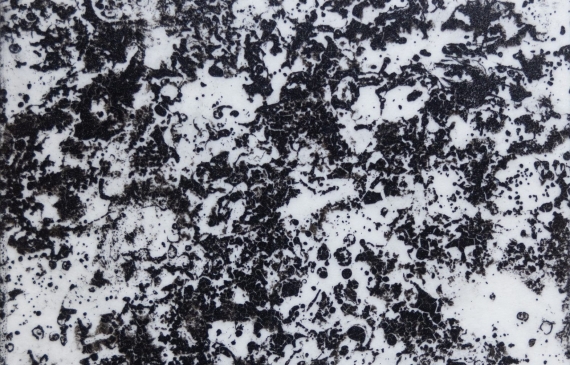
Sal Sirugo
Italian-American, 1920 – 2013
M-650, 1999
Ink on CVF mounted on museum board
3.94 H. x 3.19 W. inches
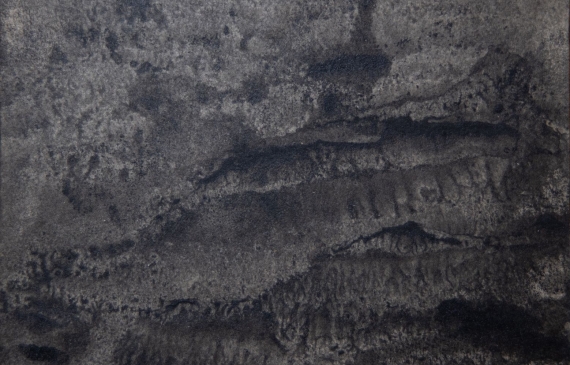
Sal Sirugo
Italian-American, 1920 – 2013
K-12, 1950
Casein on paper mounted on board
4.44 H. x 4.88 W. inches
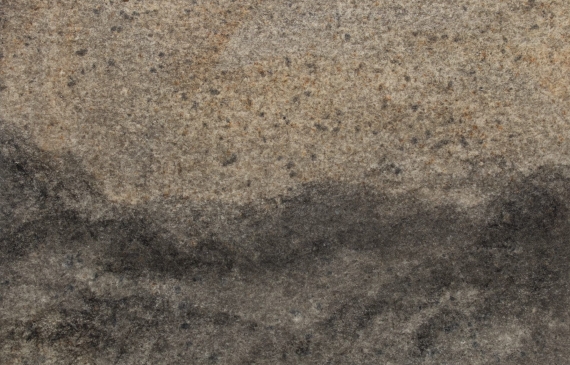
Sal Sirugo
Italian-American, 1920 – 2013
M-259, c. 1984
Ink on paper mounted on museum board
1.94 H. x 2.38 W. inches
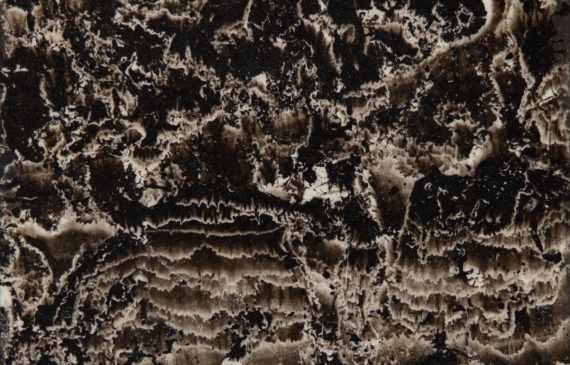
Sal Sirugo
Italian-American, 1920 – 2013
P-94, 2000
Ink on acetate mounted on museum board
4.38 H. x 3.38 W. inches

Sal Sirugo
Italian-American, 1920 – 2013
F-97, c. 1950
Litho crayon on rice paper mounted on museum board
4.06 H. x 3.88 W. inches
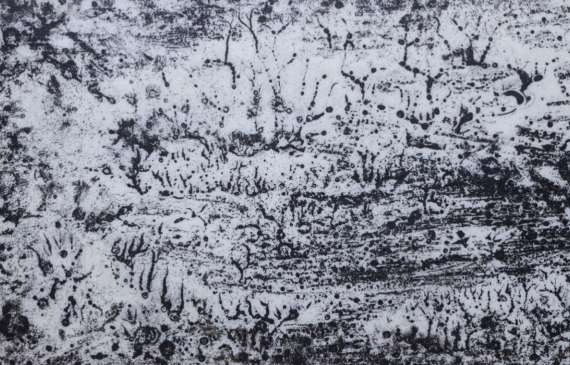
Sal Sirugo
Italian-American, 1920 – 2013
M-594, 2001
Ink on coated vinyl film
2.75 H. x 7.06 W. inches

Sal Sirugo
Italian-American, 1920 – 2013
P-128, 2000
Ink on acetate mounted on Perfect Mount
3.25 H. x 5.5 W. inches
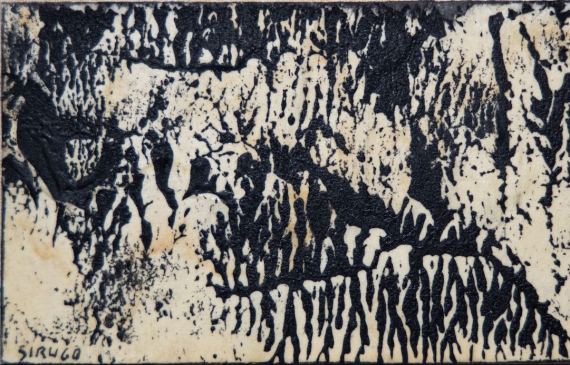
Sal Sirugo
Italian-American, 1920 – 2013
R-84, 1960
Ink on paper
1.88 H. x 3 W. inches
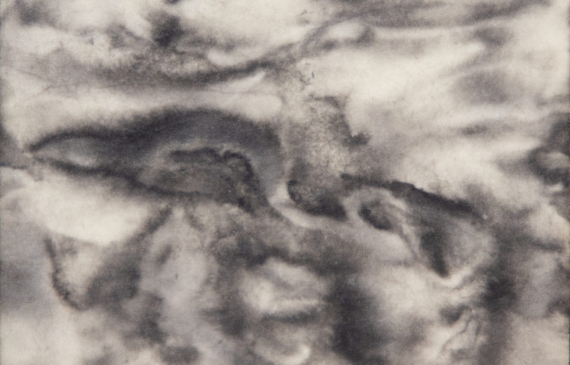
Sal Sirugo
Italian-American, 1920-2013
M-526, 1999
Ink on rice paper
2.94 H. x 3.56 W. inches
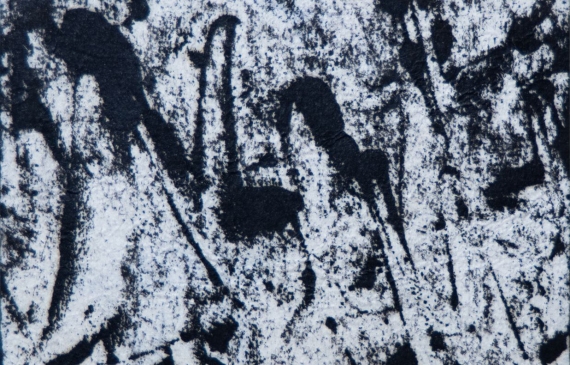
Sal Sirugo
Italian-American, 1920-2013
R-119, c. 1950
Ink on paper
1.75 H. x 2.88 W. inches
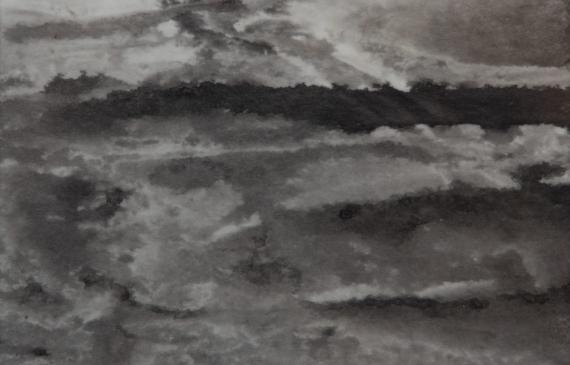
Sal Sirugo
Italian-American, 1920-2013
M-306, 1992
Ink on paper
3.19 H. x 4.38 W. inches
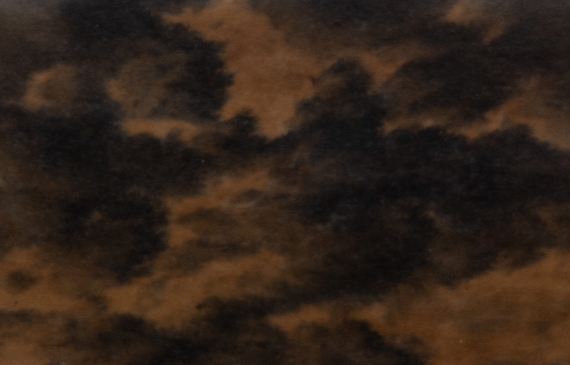
Sal Sirugo
Italian-American, 1920-2013
M-145, 1991
Ink on paper
1.81 H. x 2.69 W. inches
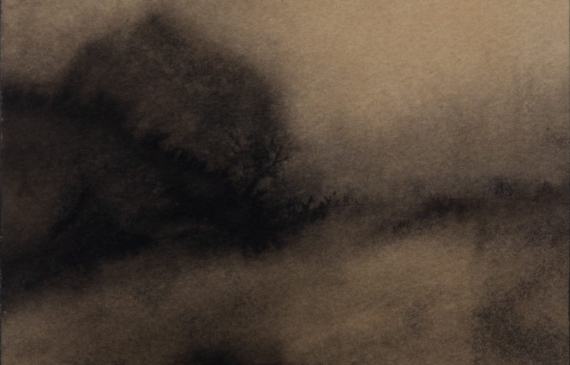
Sal Sirugo
Italian-American, 1920-2013
M-383, 1984
Ink on paper
3.5 H. x 4.38 W. inches

Sal Sirugo
Italian-American, 1920-2013
M-242, 1984
Ink on paper
1.88 H. x 2.50 W. inches
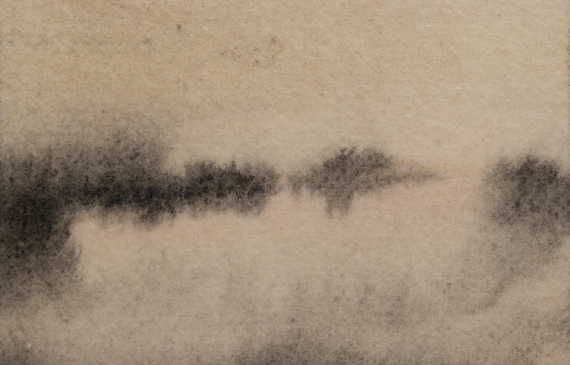
Sal Sirugo
Italian-American, 1920-2013
M-257, 1985
Ink on paper
2.13 H. x 2.25 W. inches
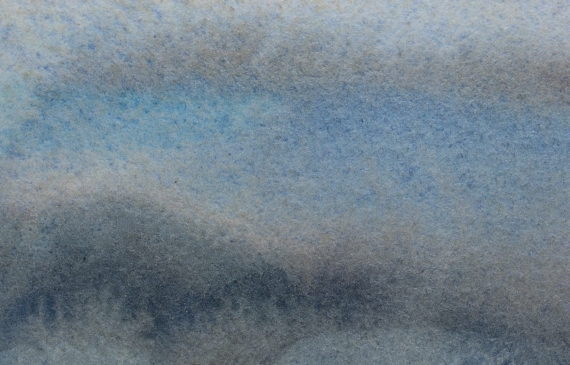
Sal Sirugo
Italian-American, 1920-2013
W-22, 1947
Watercolor on paper
1.88 H. x 2 W. inches
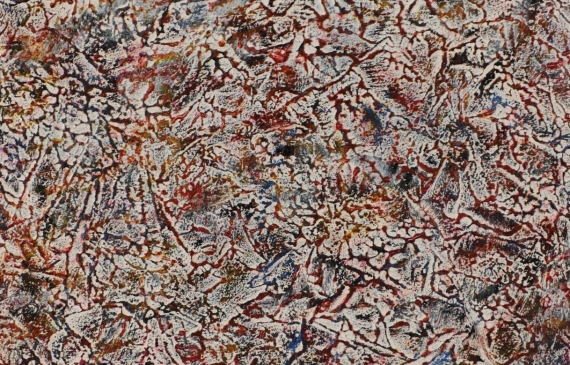
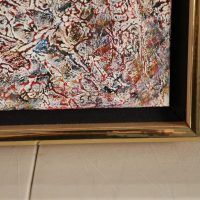
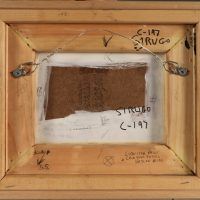
Sal Sirugo
Italian-American, 1920 – 2013
C-197, 1981
Liquitex, wax crayons on masonite
8 H. x 10 W. inches
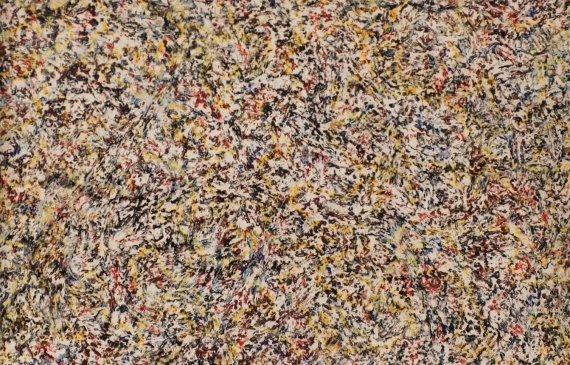
Sal Sirugo
Italian-American, 1920 – 2013
C-54, 1950
Casein, wax crayons on masonite
7 3/4 H. x 9 3/4 W. inches
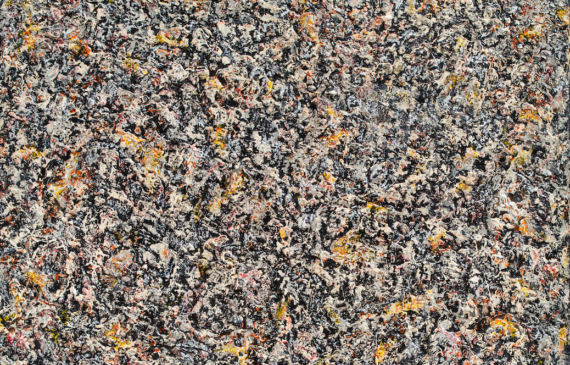
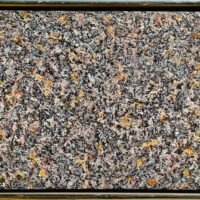
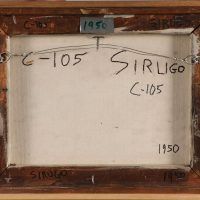
Sal Sirugo
Italian-American, 1920 – 2013
C-105, 1950
Casein, wax crayons on masonite
10 3/4 H. x 14 W. inches

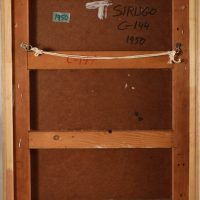
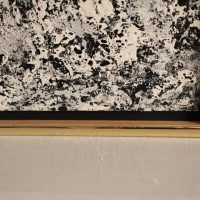
Sal Sirugo
Italian-American, 1920 – 2013
C-144, 1950
Casein on masonite
24 H. x 17 3/4 W. inches
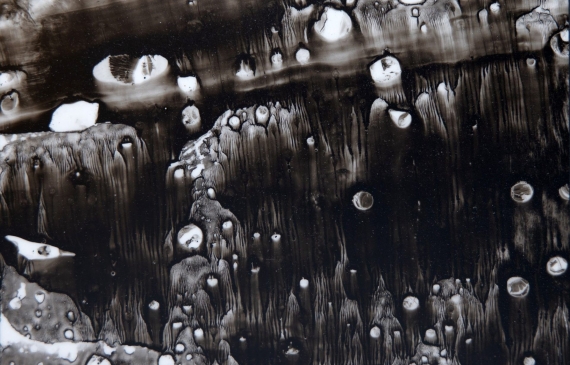
Sal Sirugo
Italian-American, 1920 – 2013
P-61, 1999
Ink on acetate on Perfect Mount
5 H. x 6.56 W. inches
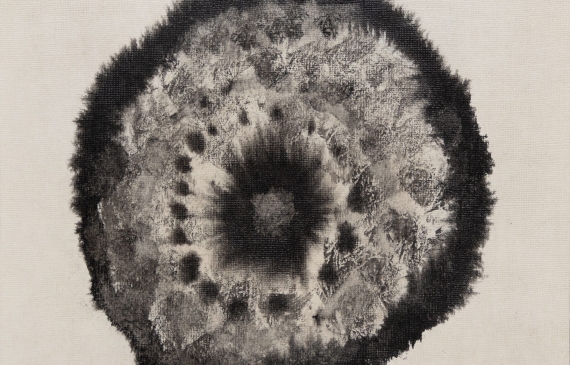
Sal Sirugo
Italian-American, 1920 – 2013
E-100, c. 1975
Ink on paper
8.56 H. x 8.56 W. inches
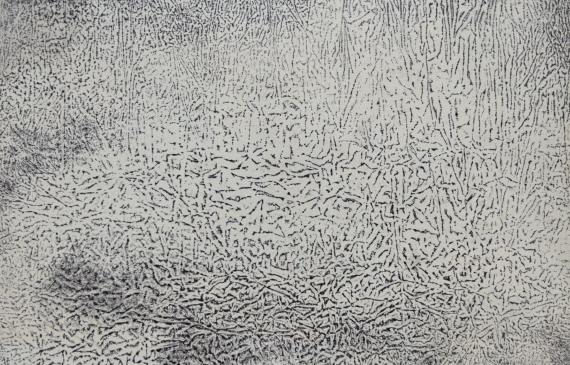
Sal Sirugo
Italian-American, 1920 – 2013
F-22, 1954
Carbon pencil on paper mounted on board
8.88 H. x 10.69 W. inches

Sal Sirugo
Italian-American, 1920 – 2013
S-47, c. 1980
Ink on paper mounted on board
3.81 H. x 2.69 W. inches
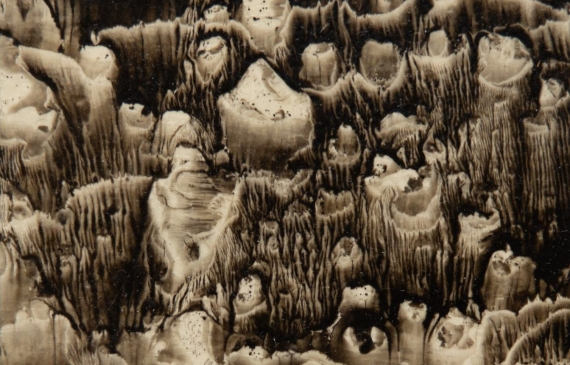
Sal Sirugo
Italian-American, 1920 – 2013
P-110, 2000
Ink on paper
4.56 H. x 3.19 W. inches
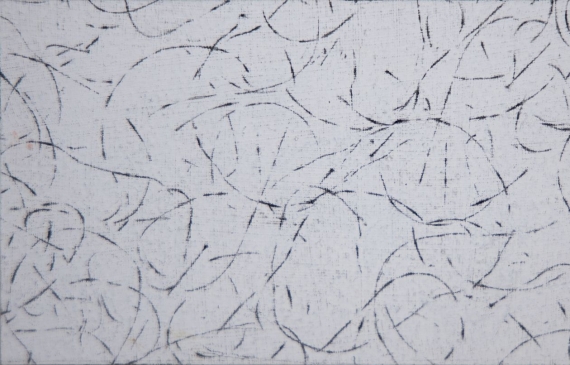
Sal Sirugo
Italian-American, 1920 – 2013
DC-1, c. 1960
Sumi ink & liquitex on board
2.94 H. x 5.88 W. inches
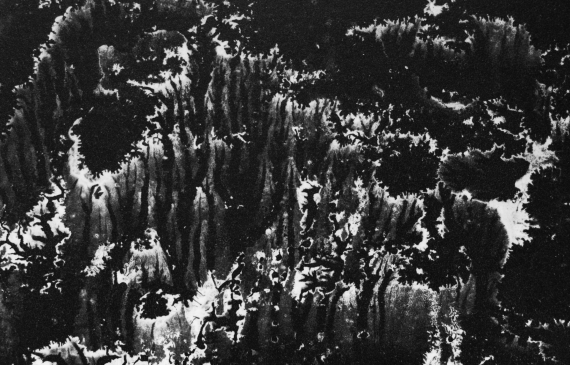
Sal Sirugo
Italian-American, 1920 – 2013
M-579, 2000
Ink on CVF
4.88 H. x 5.75 W. inches
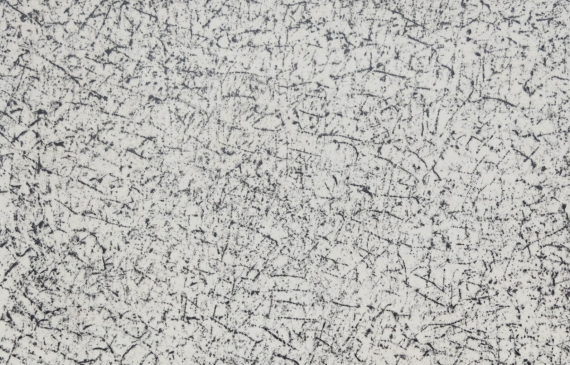
Sal Sirugo
Italian-American, 1920 – 2013
RR-20, 1960
Wax crayon on rice paper mounted on board
11.75 H. x W. 9.75 inches
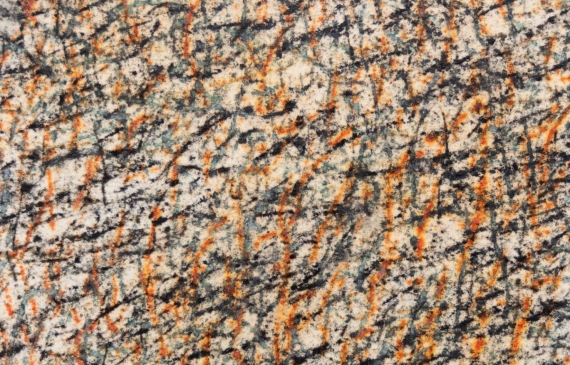
Sal Sirugo
Italian-American, 1920 – 2013
RR-22, 1960
Wax crayon on rice paper mounted on board
6.5 H. x 5 W. inches
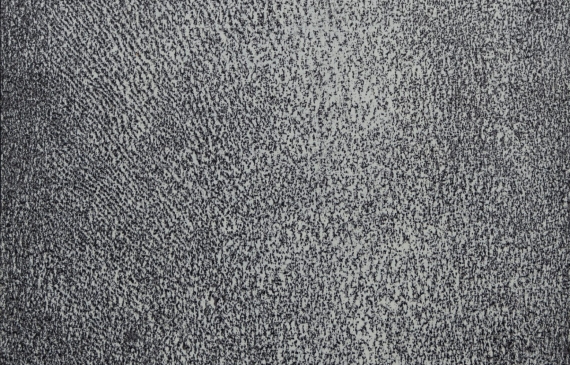
Sal Sirugo
Italian-American, 1920 – 2013
F-28, c. 1955
Carbon on paper mounted on museum board
10.25 H. x 8.31 W. inches
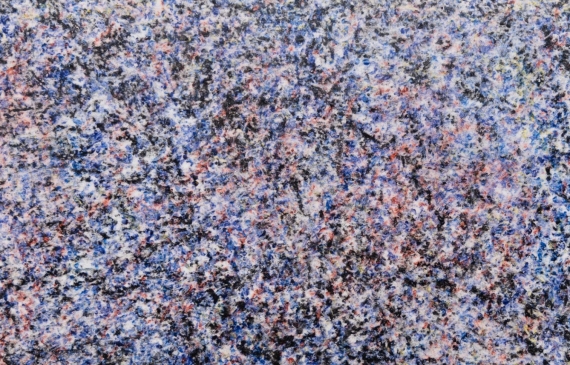
Sal Sirugo
Italian-American, 1920 – 2013
RV-2, 1994
Wax crayons on vellum
9.31 H. x 7.31 W. inches
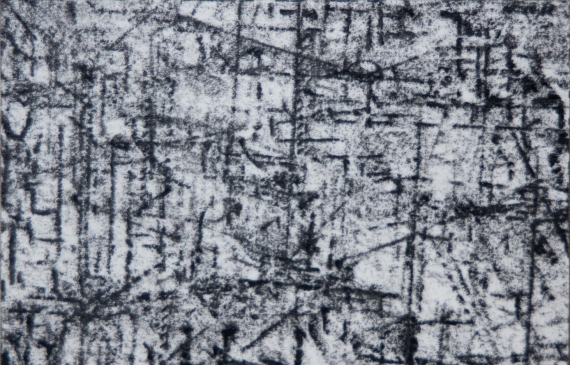
Sal Sirugo
Italian-American, 1920-2013
DC-46, c. 1952
Carbon ink on paper
2.13 H. x 2.88 W. inches

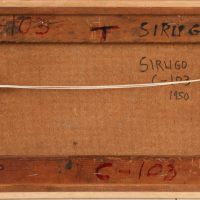
Sal Sirugo
Italian-American, 1920 – 2013
C-103, 1950
Casein on Masonite
10 H. x 19 W. inches
Sal Sirugo (1920-2013) was an Abstract Expressionist painter. Born in Pozzallo, Sicily, Sirugo came to the United States at the age of 17. He took work with the Civilian Conservation Corps, first as a firefighter in Idaho and later as a mason at Watkins Glen State Park in upstate New York. During WWII he was drafted into the U.S. Army in 1942. At the completion of basic training, he was assigned for a short period of time to the Military Intelligence Division. While on combat duty in Europe as part of the Rhineland Campaign, he was severely wounded and, subsequently, received a Purple Heart and a Bronze Star. He spent the next three and a half years in veterans hospitals undergoing over 30 operations. At the Valley Forge Hospital in Pennsylvania, volunteers, many of whom were artists, encouraged the patients to paint and supplied them with materials bought at their own expense. While still a patient, he visited the Barnes Foundation and attended a Matisse exhibition at the Philadelphia Museum of Art.
A month after his discharge from the army in 1948, Sirugo began his formal art study at the Art Students League in Woodstock, NY, under the G.I. Bill. He continued his studies at the League’s school in New York City with Vaclav Vytlacil. Later he studied at the Brooklyn Museum Art School. With an art supply allowance of only $10 a month under the Bill, Sirugo resorted to buying black and white casein paint. This was advised by Vytlacil as an alternative to more costly oil paint. Also the turpentine used with it was too harsh a solvent and would exacerbate his war injuries. In the late 1940s, Sirugo lived and worked in Woodstock, New York, during the summer months. Initial dwellings included a converted pigpen, part of a church and an inoperative bus. Eventually, he was able to purchase a plot of land overlooking the Sawkill Creek and over several years built his own house. The thriving artistic community in Woodstock consisted mostly of realistic painters. Among his friends were Bradley Walker Tomlin, Raoul Hague, Rollin Crampton and Philip Guston.
In New York City, Sirugo was a member of The Club and showed his work in 10th Street galleries. He had solo shows at the Camino Gallery and the Tanager Gallery, where he was a member.
In the early 1950s, he resided on Norfolk Street in two cold-water apartments. He lived in one and used the other, across the hall, as his art studio. Living close by were Grace Hartigan and Alfred Leslie. He occasionally worked for his fellow artists, including Lee Krasner, Milton Resnick, and Alfonso Ossorio, when they needed carpentry work or assistance stretching canvases.
In 1953, after seeing a collection of Chinese paintings in Boston, Sirugo began working closely with ink and paper. He produced a series of abstractions based on suns and landscapes.
In the late 1960s, experimentation with Chinese ink resulted in new compositions. He began working on a series of abstract heads and imaginary portraits.
During his long career, Sirugo earned several awards including the Emily Lowe Award, Woodstock Foundation Award, CAPS Fellowship, Longview Foundation Award and was twice a recipient of the Adolph and Esther Gottlieb Foundation Award. In 2011, the American Academy of Arts and Letters honored him with the Jimmy Ernst Lifetime Achievement Award. His work is held in the collections of the Museum of Modern Art, The Zimmerli Art Museum of Rutgers University, the Grey Art Gallery of New York University and Vassar College.